Beauty Tips
Scents and Sensibility
“For ourselves, who are ordinary men and women,
let us return thanks to Nature for her bounty by using
every one of the senses she has given us.”
~ Virginia Woolf, The Common Reader
Walking across a field of wildflowers, through a forest covered with the splendour of morning’s dew or along the beach on a bright and sunny day have you ever had the instinctive reaction of closing your eyes, taking a deep breath in and upon the exhale finding a sense of tranquillity and connectedness even if it was just for one moment?
It is an interesting fact that having our senses exposed to outside stimuli can have a profound influence on our state; for better or for worse. Surely the smell of a freshly baked home-made apple-pie will definitely be more pleasing than smelly socks! Sometimes even a whiff of a scent can make us travel back in time to have a moment of reminiscence of times past.
Especially now spring has sprung in full bloom and grass is being mown everywhere in my neighbourhood, the scent of freshly mown grass warps me back to my childhood. We had a large lawn, one-part flower and trees and one-part grass where we would play, roll over with our dog and bask in the sun. Interestingly enough the memories associated to such a moment tend to be very strong and it is if I can recall those moments in an instant.
We use our senses, sight, sound, taste, smell and touch, to perceive the world around us. When we look at our sense of smell in particular, it is interesting to see that historically there was great value in using aromatic scents, incense and perfumery to influence the human condition. However, in terms of significance to science in the 20th century, the sense of smell was underestimated for a long time and it is only since a few decades the mysteries surrounding it are being unravelled.
A trip down memory lane
Our sense of smell is being directed by what is called the olfactory system, which is kind of a curious word:
It comes from the latin word olfactus, which is the past principle of olfacere:
to smell or to get the smell of. Olfacere is comprised of the words olere (to omit a smell), odor (a smell, a scent) and facere: to make.
The olfactory system therefore is what ‘makes’ an odor; it detects and translates a great number of odor molecules from the external world into what we perceive as smell: either pleasant or unpleasant.
Odor perception is a primal sense. It has been one of the survival mechanisms for as long as we have walked this earth as the sense of smell enables pleasure, could possibly warn of danger, help locate mates or detect predators.
Anthropological and archaeological research of the ancient civilizations indicate that people started making use of herbs and aromatics since very early on. These cultures not only used these botanicals as physical remedies, but also considered them to be of vital importance to their psychological and spiritual disposition. As these cultures where tribal societies, well-being was not only of interest to the individual, but to the entire community. Dis-ease was mainly regarded as a lack of wholeness and the aim of a cure was to bring the physical, emotional and spiritual back into harmony.
In addition, the world-view of indigenous people was largely intertwined with the notion of the unseen-external world. Aromatics and incense taken from flowers, leaves, seeds, roots, resins and bark such as frankincense, myrrh, sage and galbanum where used in rituals and ceremonies as a libation to God, Gods and Goddesses as mentioned in scripture, myths, legends and stories.
Methods for healing the body and influencing mental clarity through inhalation, bathing, massage, embalmment and perfumery where among the practices of these cultures. Written prescriptions and clay pottery containing remains of botanicals where found throughout the region known as the cradle of civilization: clay tablets where discovered in the city of Nippur in Ancient Mesopotamia (ca. 1600 BC), in Egypt the Ebbers papyrus where found (1500 BC), the Atharva-Veda from India (1000-1500BC) and the Pen Tsao from China.
Trade routes such as the Incense route, which carried frankincense and myrrh from Jemen in Southern Arabia to North-Africa, the Mediterranean, India and East-Asia, flourished between the 3rd century BC and 2nd century CE. Lebanon became a centre of trade with the Europeans; they not only traded frankincense, but also the wood and sap of the highly prized Lebanese Cedar tree. The name ‘Lebanon’ even derived from the Akkadian world ‘lubbunu’ which means ‘incense’.
Although no written script remains of the Mayan civilization of Mesoamerica, their ruins indicate early incense use: large censers where found which were thought to contain the incense Pom, made of the resin of the copal tree. The Native Americans of America and Canada have a long history of using botanicals as an integral part to healing, through a great respect to plants and recognizing within them healing properties for body, mind and spirit.
Following the scented trail
Throughout the centuries and continuing during the Greek, Roman and Arab civilizations up until the late 1800’s there was no division between plants, perfumes and medicine. Theophrastus the Greek, a student and successor of Plato and Aristotle, wrote extensive books on botany and on sense perception, consequently becoming known as ‘the father of Botany’. Hippocrates, father of medicine, wrote ‘a perfumed bath and a scented massage every day is the way to good health’. The Romans, due to their expansion on great wealth, where known for their opulent bathing rituals and perfumery. By the 1st century AD, Rome used about 2800 tons of imported frankincense and 550 tons of myrrh per year. Perfumes where used so heavily that Cicero, statesman and writer, claimed that ‘the right scent for women was none at all’.
Fast forward into 10th century Persia Avicenna (Ibn Sinna) was born. Avicenna is regarded as a one of the most significant and brilliant physicians, astronomers, thinkers and writers of the Islamic Golden Age. Being described as ‘the father of early modern medicine’, due to his magnum opus ‘The Canon of medicine’, he invented the refrigerated coil in the steam distillation process. Using this method, he successfully distilled rosewater and rose essence, consequently forming the foundation for aromatherapy.
Growing trade and newly explored routes by Vasco de Gama, Magellan and Columbus increased the variety of materials that could be used in flavourings and fragrant creations exposing increasing numbers of people to exhilarating and exotic scents. Distillers where gaining more expertise on the extraction of essential oils of living plants and trees providing neroli, jasmin and different rose-extractions. Also, oils could now be distilled from frankincense, pine, cedarwood, cardamom and agarwood (in perfumery known as oud).
Rudolph Ernst (1885-1932), The Perfume Maker
During these times, as botany was still a branch of medicine, people continued to look at the plant world for healing solutions for healing and balancing mind, body and spirit. However, with the rise of the modern era, scientist started isolating active components of plants and mimicking them synthetically. Healing through botanicals went on the backburner and pharmaceuticals took main stage.
On the bright side: it is through science that knowledge on the functioning of our senses increased. However, as modern research was mainly focussing on sight and sound, it wasn’t until 1991 when Richard Axel and Linda Buck published a ground-breaking paper on the ‘discovery of olfactory receptors and how the brain interprets smell’. This and further independent research made them win ‘The 2004 Nobel Prize in Physiology or Medicine’.
Looking at history and our personal experiences with scent, clearly there is something invigorating, tantalizing and influential to be acknowledged. But how does the brain recognize the huge variety of odors? And how does it relate to memories and emotions?
Science 101
It is estimated that we can distinguish between 10.000 different smells. These smells come from external odor molecules which escape from their fluid or solid state into the air. In order to be perceptible by our noses, an odor molecule needs to be lipophilic, small and volatile. Odor molecules will travel through our nostrils up into the nasal cavity. At the roof of our nasal cavity lies a sensory tissue, called the olfactory epithelium.
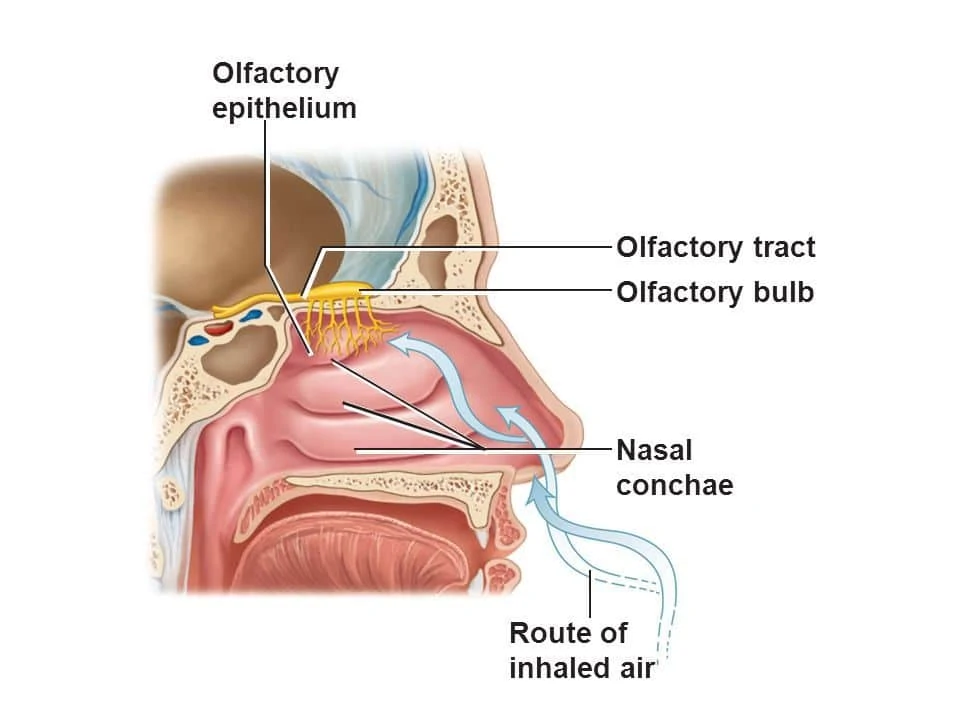
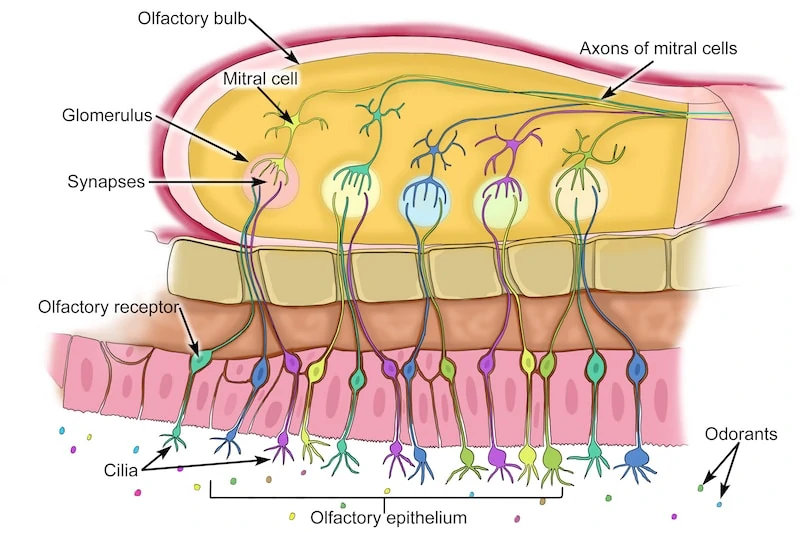
Separating the olfactory epithelium from the brain is a piece of bone: the cribriform plate. Right above the cribriform plate is a bundle of cranial nerves called the olfactory bulb, which is actually a little extension of the brain. The cribriform plate has small trajectories through which the nerves of the olfactory bulb send little projections containing thousands of sensory neuron cells into the epithelium. 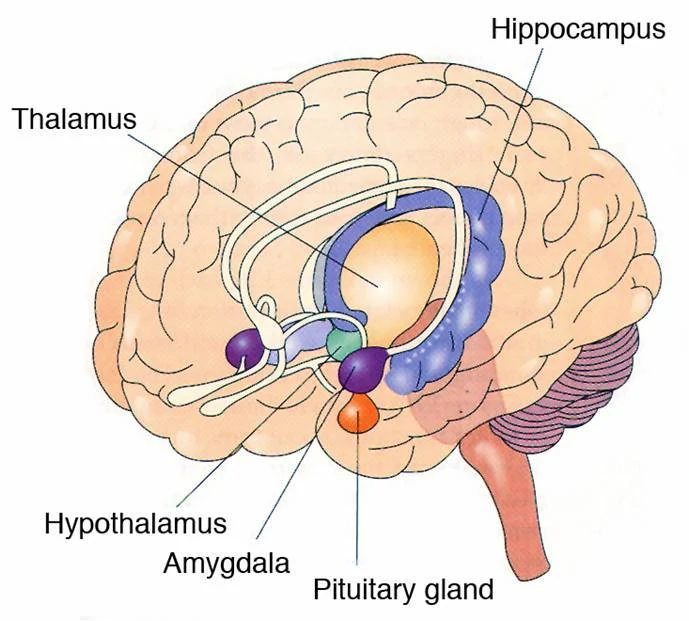
Within the olfactory bulb all information is gathered from where it is transmitted into the piriform cortex, also known as the olfactory cortex, of the brain. In turn the olfactory cortex has connections into the limbic system: a set of structures in the brain which play an important role in memory and regulation emotions. The four most important structures of te limbic system are the hippocampus, the hypothalamus, the amygdala and the thalamus.
The Hippocampus
Our hippocampus is forming new memories every day throughout our lives and is also in charge of conversing short term memories into long term memories. Because we encounter most odors for the first time in our youth, being exposed to certain scents will bring up childhood memories. It is even thought we actually begin making associations between smell and emotion in the womb, as studies found that the olfactory system forms very early on in foetal development. The bonding between a mother and her new born baby involve to a great extend the sense of smell; think of the wonderful earthy scent of a new born baby, the scent of breastmilk over any other to the baby him- or herself and let’s not forget those diapers!
The Hypothalamus
Even though the hypothalamus in size conveys less than 1% of the brain, it plays an enormous role in the autonomous nervous system. It is the centre of our fight/flight, rest/digest response as well as our endocrine system. In a direct link to the pituitary gland it is responsible for releasing neural hormones so the pituitary gland can regulate hormones towards the adrenals, thyroid, reproductive organs and growth.
The Amygdala
The amygdala is a small almond shaped structure responsible for detecting and responding to threats. After detecting a danger through an emotional or environmental trigger, the amygdala causes information processing in diverse regions of the brain amongst which most notable the hypothalamus for fight/flight response. Secretions of chemicals in the brain and body result in reactions such as fear and anxiety or anger.
The Thalamus
The thalamus is mostly regarded as a relay station for our sensory information. Interestingly enough, our sense of smell bypasses this part of the limbic system. The other 4 senses are all send through the nerve-system related to their particular organ via a series of approximately 4 (taste) to 7 (sight) synapses to the thalamus. The olfactory system, however, signals to the olfactory cortex in a 2-step synapse, transmitting in a more ‘direct’ pathway into the limbic system.
Although our brain structures are far more complex than we can cover here, it is evident that the journey of a tiny, little odor molecule is a meticulous process with big impact. Our sense of smell is best compared to a 5G internet connection straight into the source of past (memories), present (mood) and future (mental health).
Exploring the 21st Century scent route
Not surprisingly commercial brands in search of more innovative ways to distinguish themselves have discovered ‘scent marketing’ as a new tool in their arsenals to define their brand. A 2013 study (Global Journal of Commerce and Management Perspective) said that ‘ambient scent has the strongest impact when it comes to enhancing consumer behaviour in terms of emotion, evaluation, willingness to return to a store and purchase intention’. A study run by Nike showed that adding scents to their stores increased intent to purchase by 80%, while another experiment at a mini-mart petrol station a whopping 300% increase in sales of coffee occurred after adding a coffee scent to their retail spaces.
In the field of aromatherapy, the concept of psycho-aromatherapy has emerged. This practice makes use of aromatherapy specifically to influence emotions and mood by stimulating the brain’s neurochemicals. Of the half a million species of flora in the world only about 300 produce an essential oil used in modern aromatherapy. In those essential oils 3000 compounds have been discovered of which many still have to be understood, named and isolated. Using scents of pure and unadulterated oils through vaporization, bathing, massage- and personal perfume therapy could help us with stress reduction and mental health awareness through reconnecting with our emotional interior.
The essential oil of Sandelwood, for instance, could be used to calm the mind while maintaining focus and clarity. Rose harmonizes, comforts and relaxes and most citrus oils lift the spirit as well as it elicits calmness. A team of psychologists at the Northumbria University, Newcastle, ran a series of tests by diffusing 4 drops of Rosemary essential oil 5 minutes before people entered the room. The remarkable results showed that, through inhaling, chances of remembering to do things in the future increases by 60-75%, while other studies show the oil increases and enhances long-term memory. Professor Paolo Rovesti of Milan University tested a variety of essential oils and their restorative effect on people with hysteria, anxiety and nervous depression. He found that the most effective ways to alleviate anxiety were bergamot, lime, neroli, petitgrain, lavender, marjoram, violet leaf, rose, cypress and opponax. Oils used for depression were lemon, orange, verbena, jasmine, ylang ylang and sandelwood.
Modern science has yet to uncover many mysteries of the human brain as well as understanding exactly how the chemical composition of a plant comes about. Although there is no doubt that eventually our psychological and physical response to scent is a highly personal one, the sense of smell and the resurging interest in botanicals for everyday life can play a significant part in health and well-being in the future.
It smells like the ancients had it right after all……
There’s rosemary, that’s for remembrance. Pray you, love, remember. And there is pansies, that’s for thoughts ~ Ophelia in Shakespeare’s Hamlet
〰 Claudia
Sources
- Nadine Artemis, Renegade beauty ISBN 978-583940969-6
- https://www.britannica.com/science/hippocampus
- www.perfumesociety.org
- http://cactus.dixie.edu/smblack/chem1010/lecture_notes/2D_chemistry_of_smell.pdf
- https://www.ncbi.nlm.nih.gov/books/NBK10982/
- http://adage.com/article/cmo-strategy/smell-money-marketers-sell-scent/296084/
- http://www.new-corner.com/scent-marketing-power-smell/
- https://www.psychologytoday.com
- https://www.ncbi.nlm.nih.gov/pmc/articles/PMC3736918/








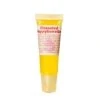
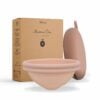
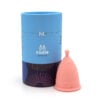
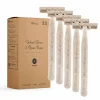
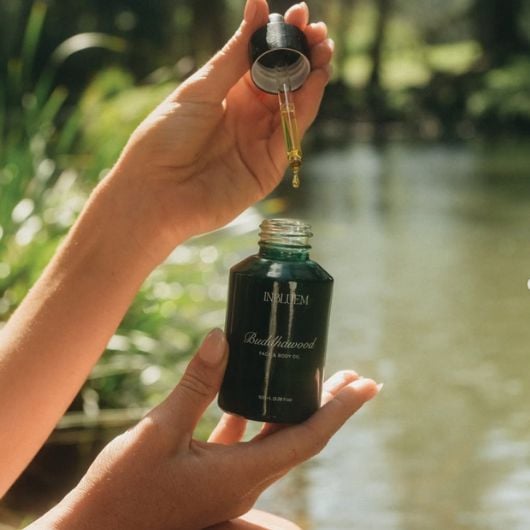






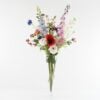

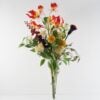

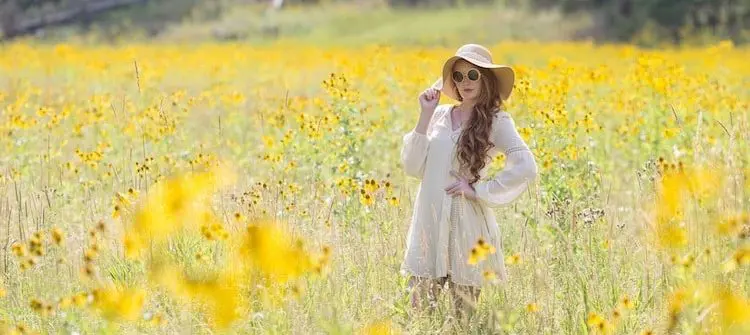







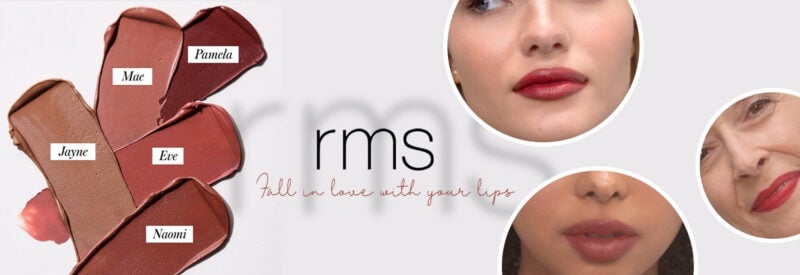

 Beauty Producten
Beauty Producten Merken van A-Z
Merken van A-Z Welzijn
Welzijn Gezondheid / Voeding
Gezondheid / Voeding